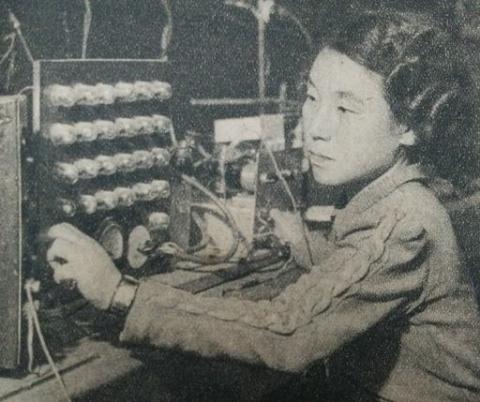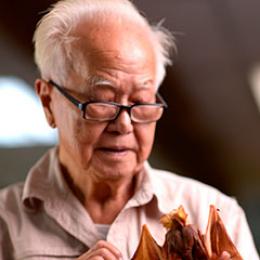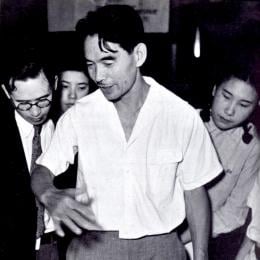The Marie Curie of Japan
Toshiko Yuasa (11 December 1909 - 1 February 1980)
Japan

Toshiko Yuasa (11 December 1909 – 1 February 1980) was the first Japanese female physicist whose research on radioactivity shed light on beta decay – the process in which an atom emits a beta particle (electron) and turns into a different element. To carry out her pioneering experiments, Yuasa also created her own laboratory equipment, including a new type of apparatus for measuring beta rays. As a young teaching assistant in Japan, Yuasa fought against prejudice and stereotypes that women could not make significant contributions to science. Inspired by the discovery of artificial radioactivity by Irène and Frédéric Joliot-Curie, the daughter and son-in-law of Marie Curie, Yuasa headed to France just months after World War II broke out to learn from the Joliot-Curies. Impressed by her dedication, the Joliot-Curies took her in, although research institutes were closed to foreigners at the time, and helped Yuasa through the turmoil of the war. After her studies in France, Yuasa remained devoted to teaching and research in nuclear physics throughout her career. In 1964, she published an article in 1954 warning of the dangers of hydrogen-bomb testing at Bikini Atoll.






